Hiring the right employees is key for your business, but it’s also expensive — you have to pay for job ads, recruiter fees and team members’ time to onboard the new hire.
The good news is that with knowledge of hiring cost components and the right strategies, you can control your hiring expenses while offering an even better experience for your new hires. This article will break down this complicated topic into smaller chunks so it’s easy to understand.
The Components of Hiring Costs
When talking about the cost of bringing a new employee on board, it’s essential to consider the visible and hidden factors that drive expenses, from the moment you post a job opening to the time your new employee is fully integrated into the team.
Hard costs
Hard costs include the direct, quantifiable expenses you make in the hiring process.
- Salary and Benefits: The most apparent expense is the new hire's salary. Add benefits like health insurance, retirement contributions and other perks — and these alone can make up nearly 30% of an employee's total compensation package.
- Recruitment Expenses: Recruitment costs cover various activities, including advertising job openings, using recruitment software and hiring external recruitment agencies. These costs can vary based on the industry and the position level. For example, hiring executives costs more because it involves extensive searches, specialized recruiters and longer hiring processes to find the right candidate.
- Training and Onboarding Costs: Once you hire a candidate, the time for training comes — and with it, more expenses for materials and equipment. Well-structured onboarding programs can help in the process, but they also come with their costs.
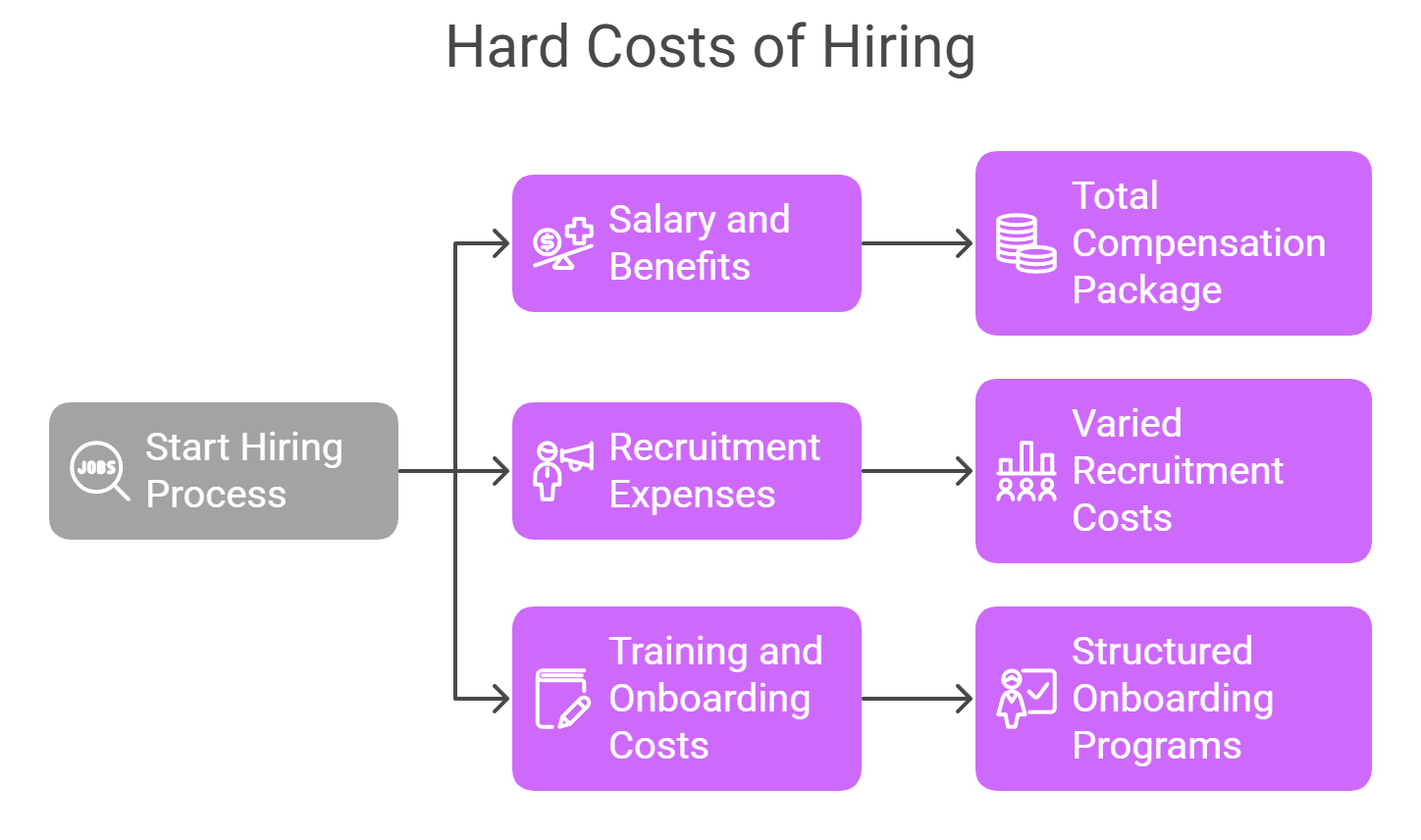
Soft costs
Soft costs are the indirect, less visible hiring expenses that can affect your company’s bottom line.
These include the time spent by HR staff, managers and other team members on interviews, training and mentoring along with the lost productivity during the onboarding process while the new hire gets up to speed.
- Time Investment: One of the most significant soft costs is the time spent by existing employees on reviewing resumes, conducting interviews and training new hires. The impact on productivity can be substantial, especially if the hiring process takes longer.
- Impact on Your Team: Hiring a new employee can disrupt your existing team dynamics. If the new hire does not fit well with the team or takes longer to adapt, it can affect overall morale and productivity. It can also lead to additional costs related to employee turnover if the new hire leaves the organization.
- Opportunity Costs: During hiring, employees may be pulled from their usual tasks, leading to delays or missed business opportunities, whether through delayed projects or missed client engagements.
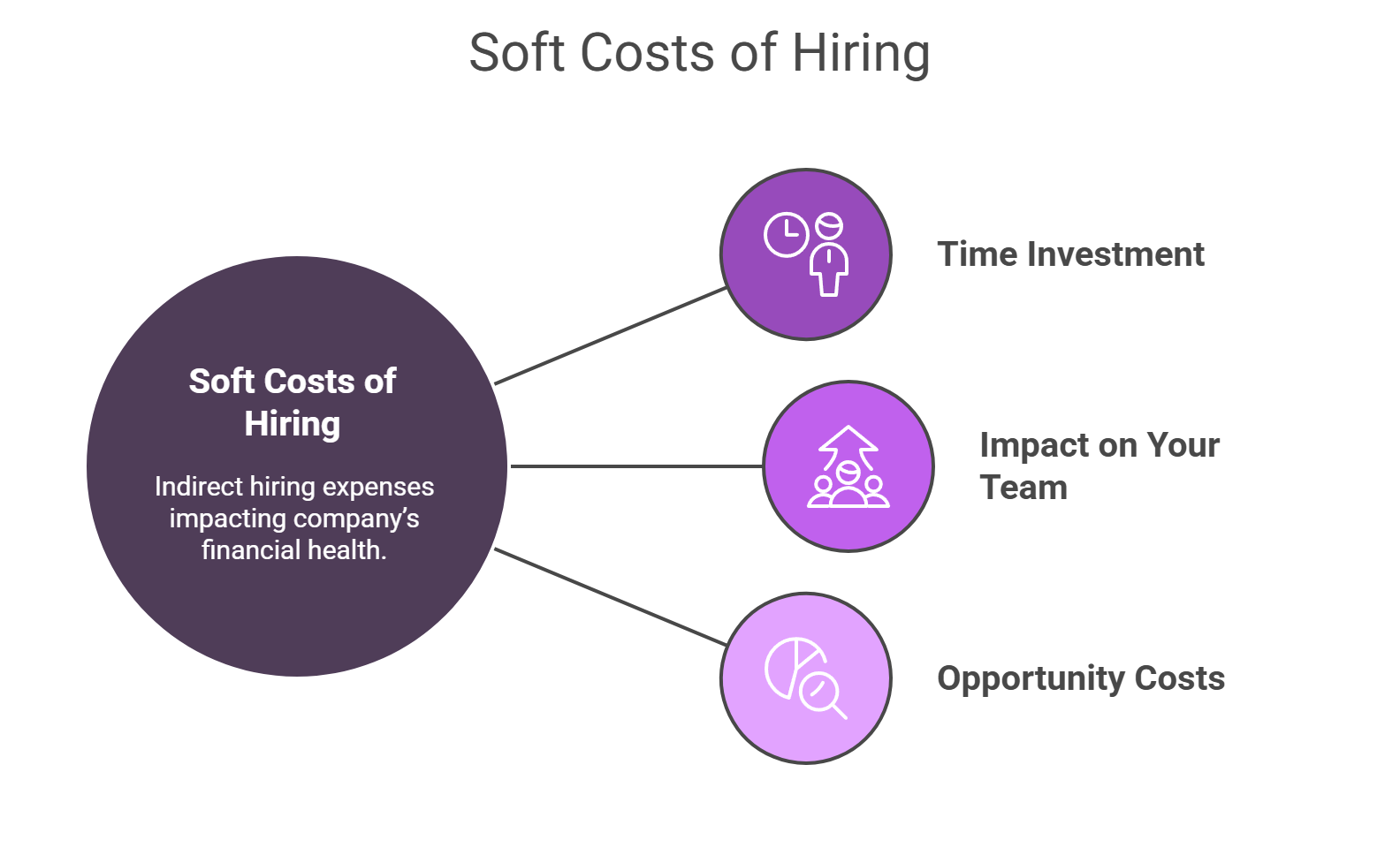
Calculating the Total Cost of Hiring
To accurately calculate the total cost of hiring an employee, use the following formula:
Total Cost of Hiring = Hard Costs + Soft Costs
Example breakdown
Let’s look at a hypothetical scenario to illustrate the costs of hiring a new employee. Assume the following:
- Salary: $50,000
- Benefits: $15,000
- Recruitment Costs: $5,000
- Training Costs: $3,000
- Time Investment: $10,000 (calculated based on hours spent by existing employees)
Total Cost Calculation:
- Hard Costs: $50,000 (salary) + $15,000 (benefits) + $5,000 (recruitment) + $3,000 (training) = $73,000
- Soft Costs: $10,000 (time investment)
Total Cost of Hiring: $73,000 + $10,000 = $83,000
This example shows that the cost of onboarding a new employee can significantly exceed the salary paid.
Factors Affecting Hiring Costs
Several elements can influence the overall cost of hiring, including:
Industry
Different industries have different hiring costs. For example, sectors like technology and healthcare face higher recruitment expenses due to the demand for specialized skills.
Industries with a larger talent pool, such as retail, hospitality and customer service, may incur lower costs.
Position level
The level of the position you are filling also affects hiring costs.
Entry-level positions generally require less investment compared to executive roles, which may require more recruitment efforts and higher salaries.
Geographic location
Hiring costs can vary based on geographic location.
Areas with a higher cost of living typically see increased salary expectations and benefits, thus boosting the overall hiring costs.
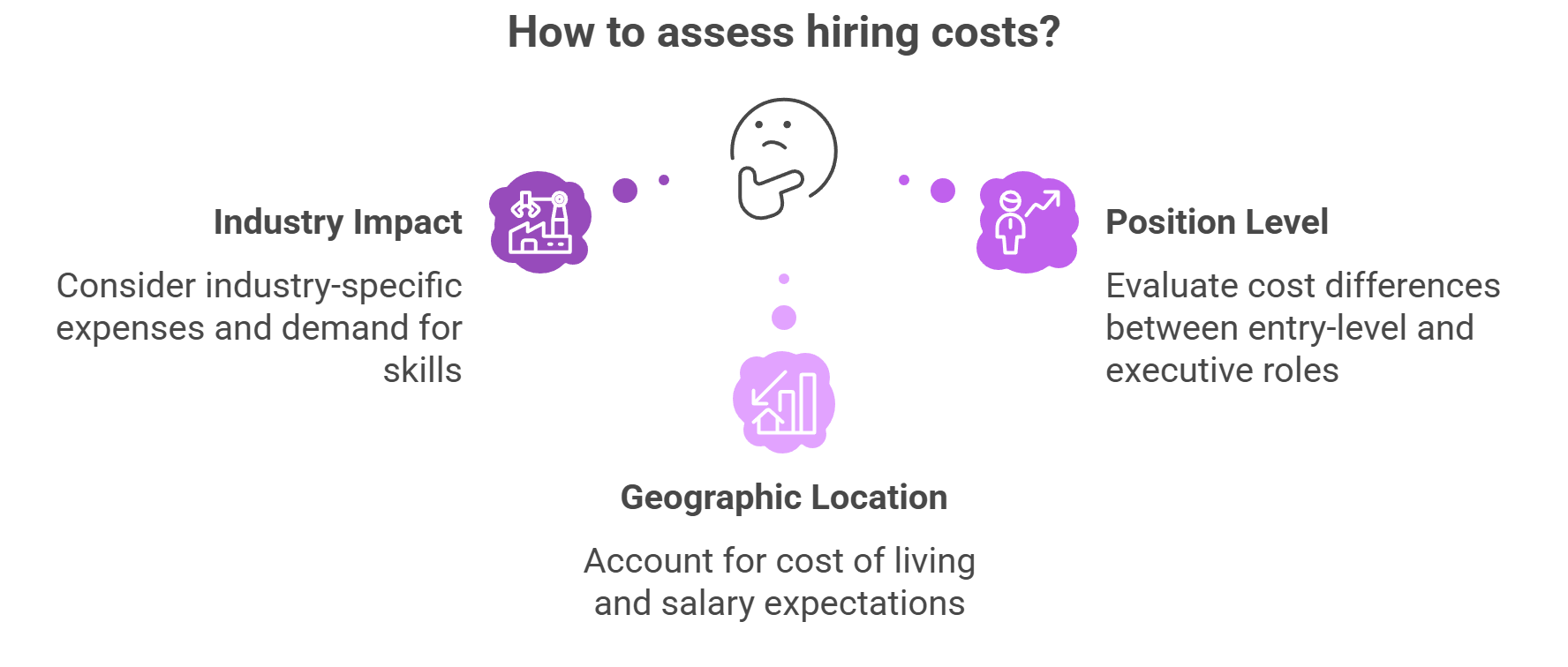
Strategies to Reduce Hiring Costs
Reducing the cost of onboarding a new employee requires a strategic approach. Here are some effective strategies you may be willing to try:
- Streamline the Recruitment Process: Optimize job descriptions to attract the right candidates and use technology to automate parts of the hiring process.
- Invest in Employer Branding: A strong employer brand can attract high-quality candidates, reducing the need for extensive recruitment efforts. Companies with a positive workplace culture often find candidates easily and with less expenses.
- Utilize Internal Resources: Encouraging current employees to refer candidates can reduce recruitment costs. Employee referrals bring high-quality candidates who are a good fit for the company culture.
- Implement Onboarding Programs: Onboarding programs help new hires integrate into the team and become productive faster.
The Importance of Calculating Hiring Costs
Understanding the cost of hiring can help you manage your budgets effectively and develop efficient hiring strategies.
Effective budgeting
Accurate cost calculations allow companies to allocate resources in the best way. This is particularly important for businesses looking to scale or expand their teams without overspending.
Avoiding bad hires
Understanding hiring costs can help organizations avoid the pitfalls of bad hires. A poor hiring decision can lead to significant expenses, including recruitment costs and the impact on team morale.
Key Takeaways To Always Keep in Mind When Hiring
Hiring costs fall into two categories: hard costs which include direct expenses and soft costs which are related to lost productivity and training time.
These costs can vary based on industry, job level, talent availability, location and hiring timelines.
To reduce hiring and onboarding expenses and build a strong team, improve your recruitment processes, invest in employer branding and use internal talent.


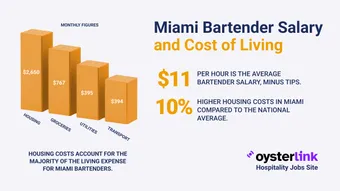

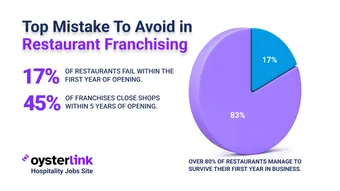


Loading comments...